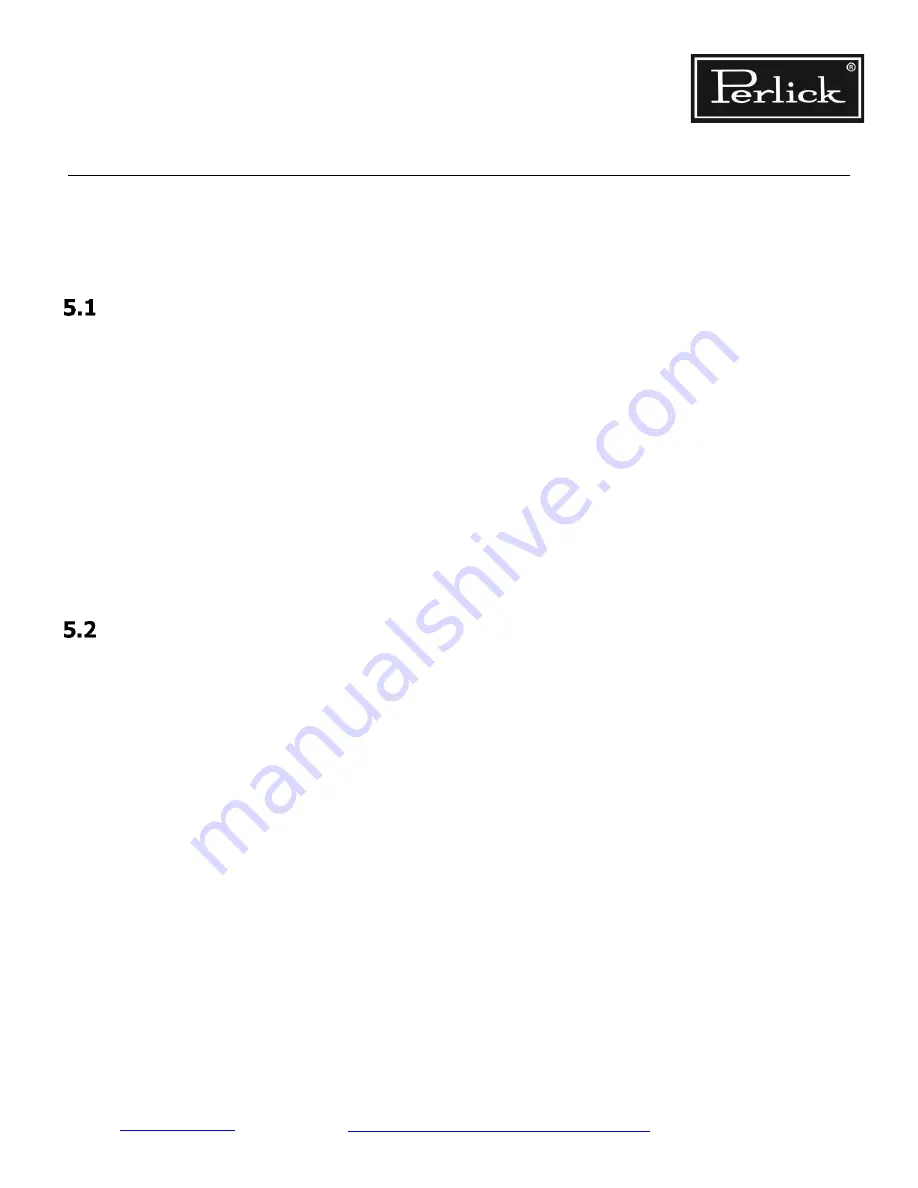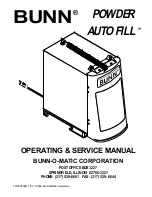
Return to
Residential Refrigeration
and Front Venting Commercial Refrigeration Service Manual
5.0
Compressor Inverter Operation
•
Upon initial power to the inverter, the electronic board is checked for problems or malfunctioning
components. If a problem is detected, the inverter will not allow power to the compressor and will
wait 8 minutes until it will repeat the process to see if it has been corrected.
•
If the inverter power circuit is interrupted or reduced to a level below operation level, the inverter will
not allow continued operation of the power circuit to the compressor.
Compressor Start-Up
•
Upon the temperature control calling for cooling, the inverter will wait 1-3 seconds before applying
current to the compressor motor for the first time. In case of any abnormality in trying to start the
compressor (unequal pressures, locked rotor condition or open winding, etc.), the inverter will wait
6 seconds before establishing a new start-up trial.
•
The maximum number of start-up trials is 12. If the compressor does not start after 12 trials, a
start-up error is set, and the system will wait for 8 minutes to repeat the starting procedure.
•
During start-up of the compressor, the current is limited in accordance with the type of motor
connected to the inverter. The compressor always starts in its minimum rpm condition (1600 rpm)
to conserve energy and alleviate noise associated with a standard compressor start-up.
•
During initial power being applied to the refrigerated cabinet, the compressor will always start in its
minimum rpm condition (1600 rpm) and remain at this speed for 7 minutes. After this time has
passed the program will move the compressor to its maximum rpm level until the initial controller
cut-out temperature has been achieved.
Normal Operation
During running condition, the speed is measured each shaft turn and the result is compared with
the desired speed. If the actual speed is lower than desired, the inverter will increase the power applied
to the motor, which in turn will increase the shaft speed until the equilibrium is achieved. The opposite can
happen likewise, in that if the actual speed is higher than the desired speed, the inverter will decrease the
power applied to the motor, which in turn will decrease the shaft speed until the equilibrium is achieved.
The compressor will generally run at its slowest speed (1600 rpm) during normal cycling conditions with
-
out added load to the cabinet or door openings. This is done to conserve energy and reduce noise. A typ-
ical refrigeration system is designed for high load, high ambient conditions, meaning the compressor is
typically oversized for normal daily operation. It has been shown in residential equipment that a refriger
-
ator or freezer or combination of the two with standard reciprocating compressor is typically designed for
conditions it sees less than 25% of the time (high load/high ambient). While employing the variable speed
compressor the equipment has been designed for the conditions it sees 75% of the time while still having
the capacity to cover the conditions it sees 25% of the time.
Troubleshooting Guide – Beverage Dispensing
Page 5-1
















































